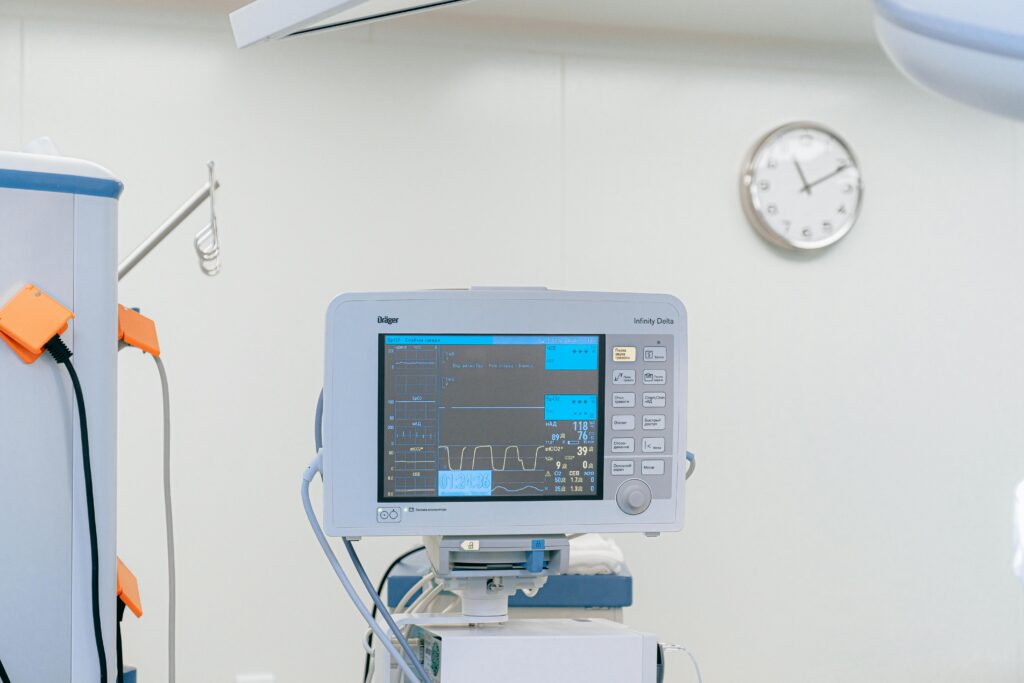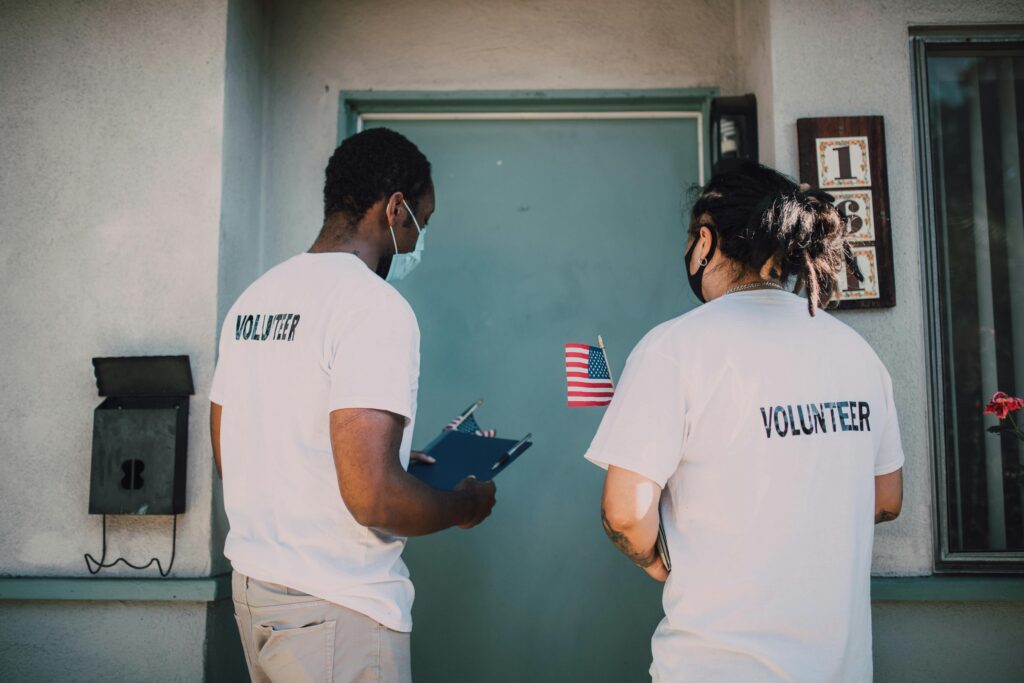News Team member Caroline Hansen reports that hospital closures across the United States threaten equitable healthcare access for rural populations and demand solutions.
Community Organizations and Medical Professionals Collaborate to Improve Language Accessibility in Health Care
By Lydia King
“What we want healthcare providers to understand is that we are really far away from a language-accessible place.” With that line, my interview with Elizabeth Godown began to draw to an end. Godown is the manager of organizational learning and wellness at Refugee Community Partnership (RCP), a nonprofit in the Triangle region of North Carolina. She captured one of RCP’s main advocacy goals: to speak out for language reform in the health care establishment.
I volunteered with RCP in high school, and I reconnected with them for this interview. It was the first of three interviews, all of which highlighted the role of community groups in decreasing language inaccessibility in health care settings. As we talked, Ms. Godown described RCP’s language navigator program to me. RCP’s language navigators attend appointments to advocate for interpreter services, as well as provide interpretation when needed.

The Need for Language Navigators
The right to language interpretation is protected by the Civil Rights Act of 1964, which bars discrimination based on race, color, religion, sex, or national origin. It’s even further codified by Executive Order 13166, which requires medical interpreters at federally funded health care institutions. And yet, patients continue to face gaps in medical interpretation services. Godown talked to me about why language navigators have been so effective.
“Through [the language navigator] program, we’re combining the immediate intervention of having someone with you to go through the medical system, with system-level advocacy,” she said. “.[We] collect information on language services that are being provided or not provided, and then get that feedback to different health systems.”
The language navigators’ data-gathering has revealed many gaps in the interpreter services offered. When RCP’s language navigator program started, the navigators found that half of the appointments that they attended did not have adequate interpretation services. While these numbers have gotten better over the years, universal medical interpreter access is still not a reality. It’s RCP’s hope that data from the language navigator program will demonstrate to hospitals how rampant language inaccess is in their systems. They use this data in training for medical professionals, as well as in their advocacy efforts.
This advocacy is essential. Without interpretation, many patients are unable to receive quality care, resulting in worse patient outcomes. Interpreters can have such a profound effect because they act as cultural brokers, as well as technical translators. RCP hopes to encourage health care systems to hire more language interpreters who are from the local community. It’s so important to have interpreters who understand the cultural context of the patients with whom they work.
Cultural Sensitivity in Interpretation
I then talked to Yoshie Ng, a medical interpreter trainer at Tufts Medical Center, to learn more about the cultural awareness that informs language interpretation. She began by describing to me the various cultural assumptions that are part of regular appointments. For instance, a doctor will usually ask their patient what treatment option they want. This question relies on the assumption that patient choice should ultimately trump a doctor’s opinion. A patient that comes from a less individualistic cultural context may be confused by this question, even frustrated.
At this point, she said, “As the interpreter, we will step in.” She will often ask who the primary decision-maker is in the household, instructing the patient to consult with them and come back with their decision at a later date. The action of the phrase “stepping in” is fitting. Medical interpreters play an integral role in the health care setting, enabling patients to communicate their needs. However, they can’t do it alone. For successful medical communication to occur, medical interpreters must be supported by community-centered hospital initiatives.
This is easy to say, and much harder to do. I contacted Dr. Amy Zeidan, associate professor at Emory University School of Medicine and an advocate for immigrant and refugee health access, to get a perspective from someone directly within the medical establishment. She detailed the core issue to me.“Our health systems are built for English-speaking patients,” she said. “Every component of the health care system is designed that way, and needs to be reimagined.”

She described some of the ways in which a patient’s interpretation needs may slip through the cracks. For example, she said, registration happens without the assistance of a medical interpreter. During the appointment, many factors may result in a failure to provide medical interpretation. Doctors might assume that a patient with enough English proficiency won’t want an interpreter. Or, patients may be given an interpreter who shares a language with them, but who does not share their first language. In an appointment where topics can literally be life and death, patients should be empowered to use the language that is most familiar to them.
Finally, Dr. Zeidan described one of the most important part of the health process: the moment at which the patient leaves the hospital. Hospitals must work to guarantee consistent follow-ups and accurate post-care information, even outside of their premises.
Community Engagement and System Reform
To address these issues, Dr. Zeidan emphasized the importance of community-centered care. First, hospitals must know what communities they are serving. By understanding the languages that are most commonly used in their hospitals, hospitals can work to guarantee in-person translators in those languages, alongside the typical remote interpreter.
However, it’s not just a matter of knowing demographics or statistics. Instead, hospitals must actively work with communities. “It’s also building those partnerships… I think really the community organizations do a lot of the great work post discharge. That’s where a lot of people really benefit from their services,” she said. Part of this work should be centered around accessible health education services. Dr. Zeidan helped facilitate culturally adapted Stop the Bleed trainings, which used translated training materials to equip community members in injury prevention techniques. The Stop the Bleed trainings were successful, and participants showed improved knowledge on Stop the Bleed techniques. The trainings demonstrated a feasible way to expand communities’ health resources.

It is this community engagement that is at the heart of effective health interpretation efforts. It was a common thread throughout the interviews of Ms. Godown, Ms. Ng, and Dr. Zeidan. Community groups like RCP are advocating for language justice, but they need support. Without efforts to empower community involvement, we are left with a sad reality. Hospital systems have funding constraints and sourcing issues, and they cannot tackle language inaccess on their own. However, with thoughtful engagement of patient care populations, healthcare system reform can be begun. Dr. Zeidan described a need for a “reimagining” of our healthcare system. This is where it starts.
